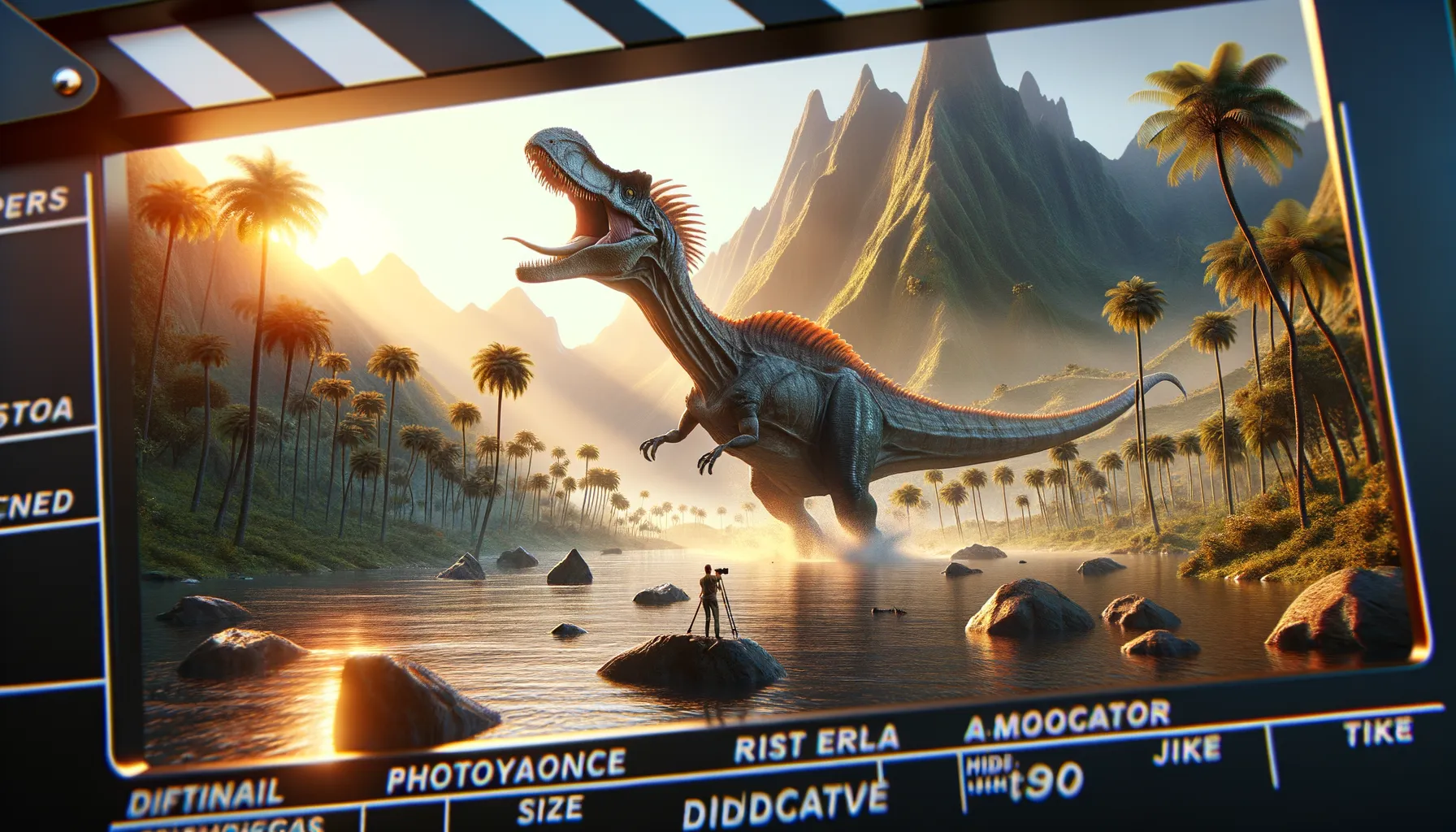
Pradhania
An early step in sauropod evolution.
Period
Jurassic
Length
Roughly 3-4 meters long.
Height
Around 1.5 meters at the hips.
Weight
Approximately 150-200 kg.
Pradhania was an early sauropodomorph dinosaur, known from the early Jurassic period. The fossils of this small herbivore were found in India, providing key insights into the evolution of sauropods. It is characterized by its moderate size and plant-eating habits, contributing to our understanding of how early sauropods lived and interacted within their environments.
Diet
Pradhania was herbivorous, feeding mainly on low-lying plants. Its diet likely consisted of ferns, cycads, and other Jurassic vegetation. Its teeth were adapted for cropping vegetation.
Hunting
Being an herbivore, Pradhania did not hunt other creatures. Instead, it focused on finding and consuming abundant plant material. It would have been prey rather than predator in its ecosystem.
Environmental challenges
Pradhania faced challenges such as avoiding predators and competing with other herbivores for food. Periodic climate changes could have influenced its habitat's plant life, impacting its food supply. Navigating dense vegetation would have also been a regular challenge for this early sauropodomorph.
Speed
Moderate, likely moving at a slow pace.
Lifespan
Estimated to be several decades.
First discovery
Discovered in India in the 1990s.
Fun Facts
- Pradhania is named after Dr. Suresh Pradhan, an Indian geologist who made significant contributions to the field of paleontology.
- This dinosaur lived during the Early Jurassic period, roughly around 200 million years ago.
- Pradhania was a sauropodomorph, which means it was part of a group of long-necked dinosaurs that eventually evolved into the giant sauropods.
- Fossils of Pradhania have been discovered in what is now India, providing key insights into the dinosaur diversity of ancient Gondwana, a supercontinent.
- Unlike its later sauropod cousins, Pradhania likely had a more varied diet and wasn't as specialized in eating just plants.
- With its long neck and tail, Pradhania was probably an efficient browser, able to reach various plant materials both low and high.
- Despite its impressive lineage, Pradhania was a relatively small dinosaur compared to later sauropods, making it an intriguing early member of its group.
Growth and Development
Pradhania likely experienced rapid growth during its early years to reach a size where it was less vulnerable to predators. Its development would have been influenced by the availability of food and the need to adapt to changing environments. This growth rate is part of what enabled sauropodomorphs to evolve into the gigantic sauropods found later in the Mesozoic.
Habitat
Pradhania inhabited what is now the Indian subcontinent, living in environments that had abundant vegetation. The area it occupied may have varied from open forested areas to more coastal regions with ample plant life. Preservation of this habitat was crucial for its survival and reproduction.
Interaction with other species
Pradhania likely lived in an environment with a variety of other herbivorous and carnivorous dinosaurs. These interactions ranged from competing for food resources with other herbivores to avoiding predators. Its group dynamics might have involved living in small herds to enhance safety against predators.
Natural lifespan
Naturally, Pradhania might have lived for several decades if it survived predation.
Reproduction
Pradhania would have reproduced by laying eggs, as suggested by typical sauropodomorph reproduction. Nesting sites might have been chosen carefully to provide warmth and protection. The survival of hatchlings depended heavily on environmental conditions and predation rates.
Social behaviour
Pradhania might have shown some degree of social behavior, potentially moving in small groups or herds to provide collective protection against predators. This grouping would also have facilitated the sharing of information about food resources.
Fossil locations
The first fossils of Pradhania were discovered in India, specifically in regions known for their rich Jurassic deposits. These findings have been significant in understanding the early distribution of sauropodomorph dinosaurs in the Indian subcontinent. The fossils provide insight into the environment it lived in and its evolutionary lineage.
